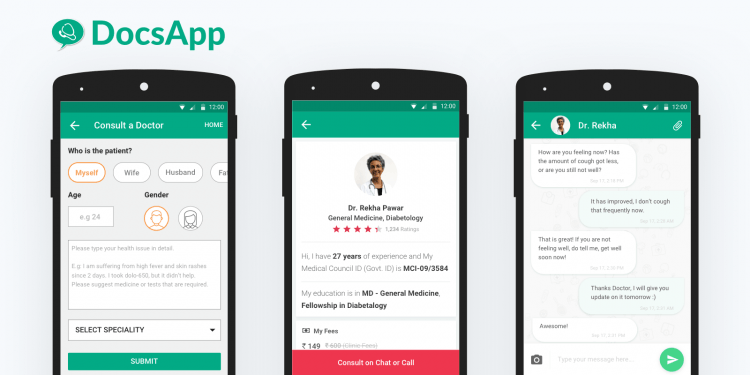Jamie Doward, Carole Cadwalladr and Alice Gibbs in The Guardian: “The UK’s privacy watchdog is launching an inquiry into how voters’ personal data is being captured and exploited in political campaigns, cited as a key factor in both the Brexit and Trump victories last year.
The intervention by the Information Commissioner’s Office (ICO) follows revelations in last week’s Observer that a technology company part-owned by a US billionaire played a key role in the campaign to persuade Britons to vote to leave the European Union.
It comes as privacy campaigners, lawyers, politicians and technology experts express fears that electoral laws are not keeping up with the pace of technological change.
“We are conducting a wide assessment of the data-protection risks arising from the use of data analytics, including for political purposes, and will be contacting a range of organisations,” an ICO spokeswoman confirmed. “We intend to publicise our findings later this year.”
The ICO spokeswoman confirmed that it had approached Cambridge Analytica over its apparent use of data following the story in the Observer. “We have concerns about Cambridge Analytica’s reported use of personal data and we are in contact with the organisation,” she said….
In the US, companies are free to use third-party data without seeking consent. But Gavin Millar QC, of Matrix Chambers, said this was not the case in Europe. “The position in law is exactly the same as when people would go canvassing from door to door,” Millar said. “They have to say who they are, and if you don’t want to talk to them you can shut the door in their face.That’s the same principle behind the data protection act. It’s why if telephone canvassers ring you, they have to say that whole long speech. You have to identify yourself explicitly.”…
Dr Simon Moores, visiting lecturer in the applied sciences and computing department at Canterbury Christ Church University and a technology ambassador under the Blair government, said the ICO’s decision to shine a light on the use of big data in politics was timely.
“A rapid convergence in the data mining, algorithmic and granular analytics capabilities of companies like Cambridge Analytica and Facebook is creating powerful, unregulated and opaque ‘intelligence platforms’. In turn, these can have enormous influence to affect what we learn, how we feel, and how we vote. The algorithms they may produce are frequently hidden from scrutiny and we see only the results of any insights they might choose to publish.” …(More)”



